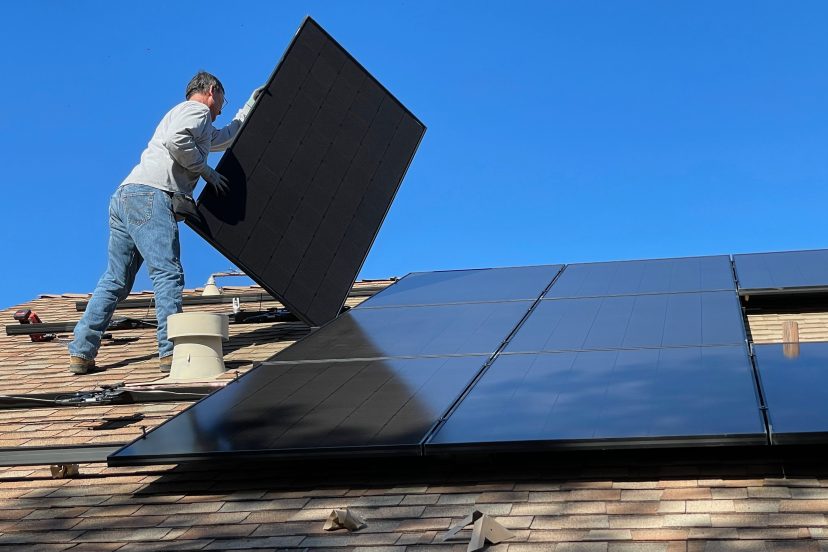How Long Does It Take To Install Solar Panels
As an Amazon Associate, I earn from qualifying purchases, at no additional cost to you. Disclaimer
Have you ever wondered how long it takes to install solar panels? Well, let me enlighten you on this fascinating topic. installing solar panels is a process that involves careful planning, precise measurements, and skilled professionals. From the initial consultation to the final connection, the timeline for installing solar panels can vary depending on various factors. In this article, I will walk you through the different stages involved in the installation process and provide you with an estimate of how long it typically takes to have those eco-friendly panels up and running on your roof.
Determining the Project Scope
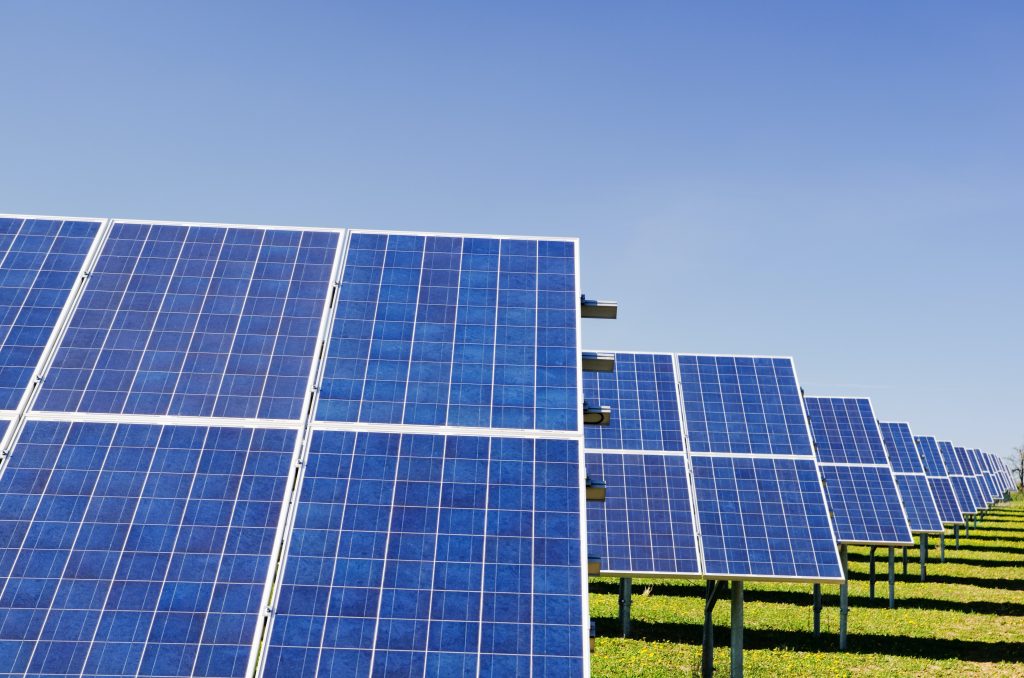
Assessing the size of the property
When it comes to installing solar panels, one of the first steps is assessing the size of your property. The size of your property determines how many solar panels you can install and how much energy you can generate. It’s important to take into account the available space on your roof or any unused land on your property. By determining the size of your property, you can get an estimate of how many solar panels will be needed to meet your energy requirements.
Estimating energy requirements
Another crucial aspect of determining the project scope is estimating your energy requirements. This involves understanding how much electricity you currently consume and how much you want your solar panels to cover. By analyzing your energy consumption patterns, you can determine the appropriate system size for your needs. This step helps in selecting the right number of solar panels and ensuring that your solar system can generate enough electricity to offset your energy usage.
Considering roof conditions and installations
Before diving into the solar panel installation process, it’s important to consider the conditions of your roof and any existing installations. The age and condition of your roof can impact the installation process as older roofs may need repairs or replacements before solar panels can be installed. Additionally, the presence of other rooftop installations such as chimneys or skylights can affect the placement and layout of the solar panels. Taking these factors into consideration will help you plan for any necessary repairs or make adjustments to accommodate your solar panel installation.
Obtaining the Necessary Permits
Meeting local building codes and regulations
One of the key requirements for solar panel installation is ensuring compliance with local building codes and regulations. These regulations vary by location, so it’s important to research and understand the specific rules in your area. Building codes often dictate important aspects of the installation process, such as the minimum distance from roof edges or the necessary structural supports. By meeting these requirements, you ensure the safety and integrity of your solar installation.
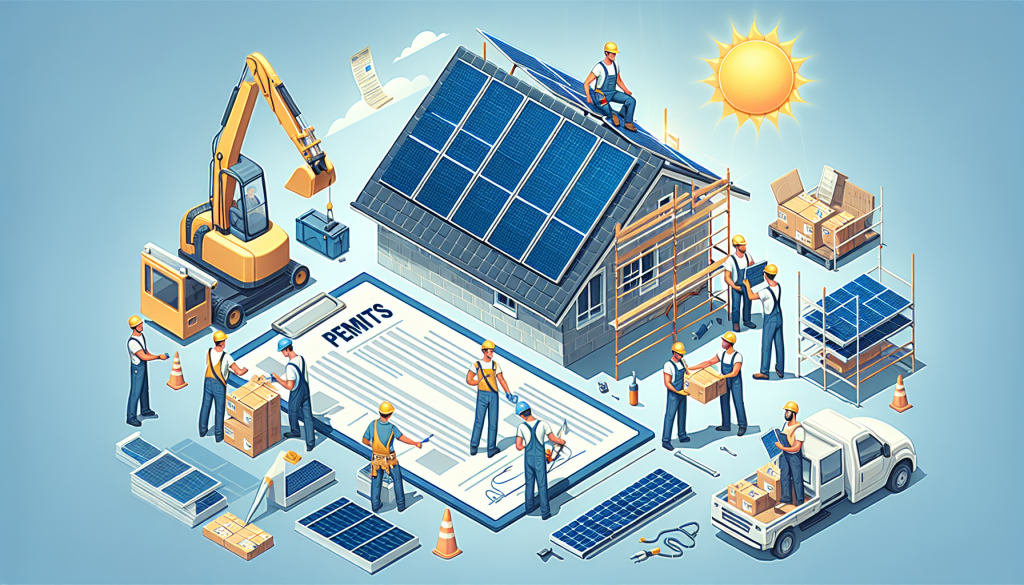
The process of securing permissions
Obtaining the necessary permits for solar panel installation can be a time-consuming process. It typically involves submitting applications, providing documents such as drawings and electrical plans, and paying fees. The specific steps and requirements may vary depending on your local jurisdiction. It’s important to be prepared for potential delays in securing permissions, as the process can take several weeks or even months. Starting the permit application process early is crucial to avoid unnecessary delays in your solar panel installation project.
The potential time-frame for permit acquisition
The time-frame for permit acquisition varies depending on factors such as local regulations and the complexity of your project. While some permits can be obtained relatively quickly, others may require additional review or approval. It’s important to factor in the potential time needed for permit acquisition when planning your solar panel installation. Consulting with a professional solar installer can provide you with a better understanding of the typical time-frame for permits in your area and help you plan accordingly.
Selecting and Ordering Solar Panels
Choosing between different solar panel types
When selecting solar panels for your installation, you will need to choose between different types and technologies. The most common types of solar panels include monocrystalline, polycrystalline, and thin-film panels. Each type has its own advantages and considerations, including efficiency, aesthetics, and cost. It’s essential to research and compare the different types of solar panels to find the best fit for your specific needs and budget. Consulting with a solar panel expert can also help you make an informed decision.
How ordering process and delivery times can affect the timeline
Once you have selected the solar panels for your installation, the next step is ordering them. It’s important to consider the ordering process and delivery times, as these factors can impact the timeline of your installation. Some solar panel manufacturers may have longer lead times or delays in fulfilling orders, especially during peak seasons. By planning ahead and ordering your panels well in advance, you can minimize potential delays and ensure a smooth installation process.
Site Preparation for Solar Panel Installation
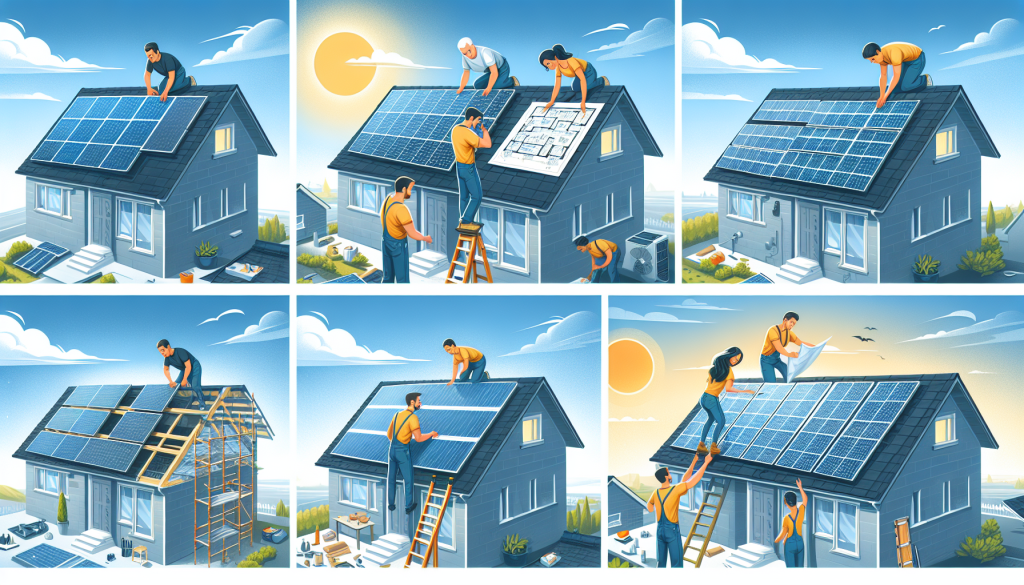
Ensuring safety measures
Before the installation process begins, it is essential to ensure proper safety measures are in place. Safety is of utmost importance during any construction project, and solar panel installation is no exception. This includes using appropriate personal protective equipment (PPE), following safety protocols, and having a well-trained installation team. By prioritizing safety from the outset, you create a secure environment for the installation process, reducing the risk of accidents and ensuring the well-being of everyone involved.
Preparing the roof or ground site
Depending on the location of your solar panel installation, whether it’s on the roof or the ground, site preparation may be necessary. For rooftop installations, the roof may need to be inspected for any damages or structural issues. Repairs or reinforcements may be required to ensure the roof can support the weight of the solar panels. For ground-mounted installations, clearing the site of any obstructions, leveling the ground, and installing the necessary foundations or racks are essential steps. Proper site preparation ensures a solid foundation for the solar panels and facilitates a smoother installation process.
Potential delays due to site issues
Site issues can sometimes cause delays in the solar panel installation process. Unforeseen challenges such as difficult terrain, soil conditions, or structural issues may arise during site preparation. These issues can prolong the time needed for site preparation and impact the overall installation timeline. It’s important to work closely with your solar installer to anticipate and address any potential site issues, ensuring that you are prepared for any unexpected delays.
The Solar Panel Installation Process
Installation of mounts
The installation process typically starts with mounting the infrastructure that will support the solar panels. For rooftop installations, this involves securing the mounts or racking system to the roof. The mounts must be properly aligned and firmly attached to ensure stability and durability. Ground-mounted installations require the installation of foundations or racks that securely hold the solar panels. Proper installation of mounts is crucial as it provides the foundation for the entire solar panel system.
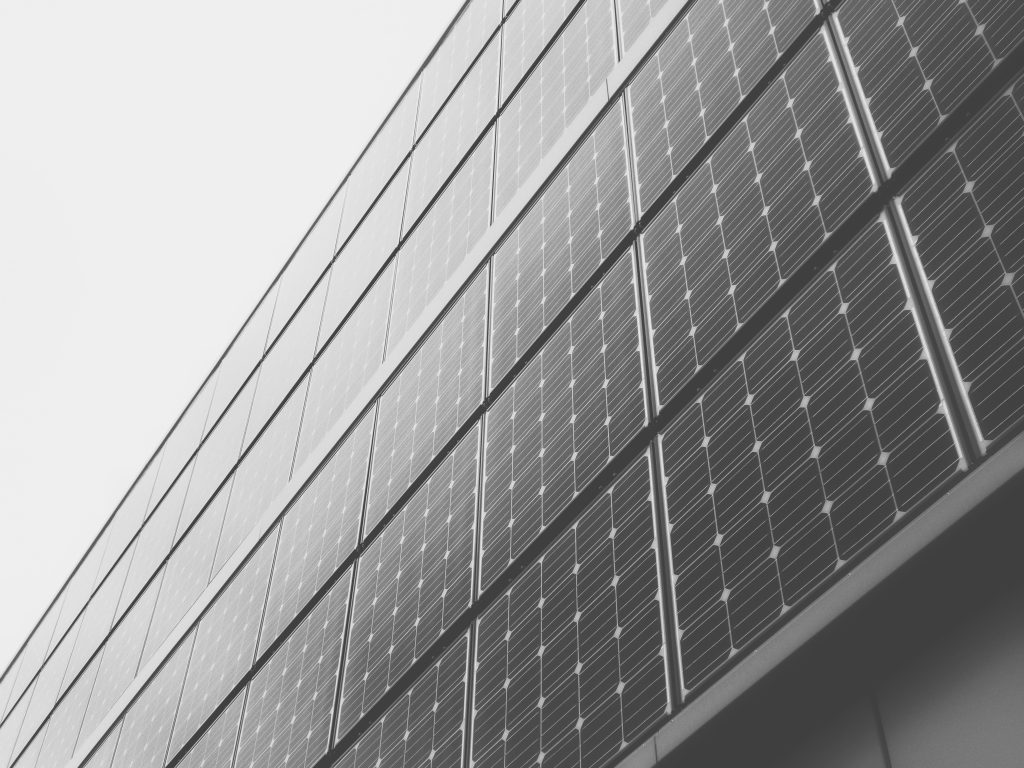
Placing and securing solar panels
Once the mounts are in place, the next step is to position and securely attach the solar panels. The panels need to be carefully aligned and spaced to optimize sunlight exposure. Precise placement is crucial to maximize energy production and efficiency. The solar panels are securely fastened to the mounts or racks using bolts and clamps, ensuring they are firmly in place. It’s important to follow manufacturer guidelines and the specifications provided by the solar panel manufacturer during this step to ensure proper installation.
Connecting solar panels and setting up wiring
Once the solar panels are securely installed, the next step is to connect them and set up the wiring. This involves connecting the positive and negative cables from each panel to form the complete circuit. The wiring is typically routed through conduit pipes or channels to protect the cables and ensure safety. In addition, the system’s electrical connections are made to the necessary components such as inverters and charge controllers. Proper wiring and connection setup is crucial for the safe and efficient operation of your solar panel system.
Electrical Wiring and Connection
Installing inverters
Inverters are an essential component of any solar panel system as they convert the direct current (DC) generated by the solar panels into alternating current (AC) that can be used to power your home. The inverters are typically installed near the main electrical panel or in a central location. They need to be properly sized and installed in accordance with manufacturer guidelines and local electrical codes. The installation process involves mounting the inverters, connecting them to the solar panel system, and integrating them with the electrical system of your home.
Connecting the system to home’s power
Once the inverters are installed, the solar panel system needs to be connected to your home’s electrical power. This involves making the necessary electrical connections between the solar panel system, the inverters, and the main electrical panel. The connection process must be done by a qualified electrician following local electrical codes and regulations. It’s important to ensure that your solar panel system is properly integrated into your home’s electrical system to enable the seamless flow of electricity.
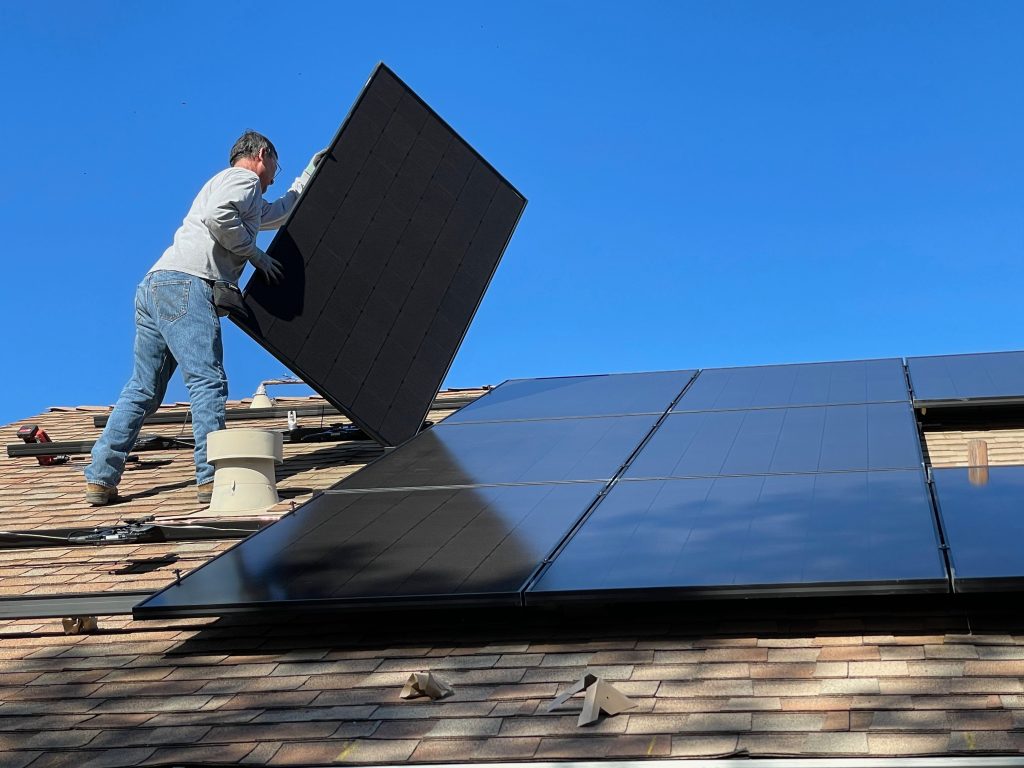
Safety and regulations during wiring
Proper safety protocols and adherence to electrical regulations are paramount during the wiring process. It’s crucial to hire a licensed and experienced electrician to handle the electrical connections and ensure compliance with local electrical codes. Following safety procedures and using appropriate equipment minimizes the risk of electrical hazards and ensures the safe and efficient operation of your solar panel system. Adhering to regulations also prevents any potential issues with inspections and approvals from local authorities.
Inspection and Approval from Local Authorities
Planning for post-installation inspections
After the solar panel installation is complete, you will need to plan for post-installation inspections by local authorities. These inspections are an essential part of the process to ensure that your solar panel system meets all the necessary safety and regulatory requirements. Inspections may include checking the quality of the installation, verifying electrical connections, and evaluating overall system performance. It’s important to work closely with your solar installer to schedule and facilitate these inspections to ensure a smooth process.
Meeting energy and building codes
During the inspection, local authorities will review your solar panel system to ensure it complies with energy and building codes. Energy codes typically include requirements for system performance, energy efficiency, and maximum power limits. Building codes focus on safety aspects such as proper electrical wiring, roof load capacity, and fire protection measures. By meeting these codes, you not only ensure the safety and reliability of your solar panel system but also expedite the approval process.
Timeline of receiving final approval
The timeline for receiving final approval after inspections can vary depending on your local jurisdiction and the workload of the authorities conducting the inspections. In some cases, approval may be granted immediately, while in others, additional documentation or adjustments may be required. It’s important to communicate and coordinate with the local authorities to address any concerns or provide any requested information promptly. Timely communication and cooperation can help expedite the approval process and ensure your solar panel system is up and running as soon as possible.
Determining Solar System Size and Installation Duration
How system size influences installation time
The size of the solar panel system directly affects the installation time. A larger system with more panels will generally take longer to install compared to a smaller system. The number of panels to be installed, the complexity of the electrical connections, and the amount of wiring involved all contribute to the overall installation duration. It’s important to have a clear understanding of your energy requirements and system size early on to accurately plan for the installation timeline.
Trends and average data on installation duration
The duration of solar panel installations can vary significantly depending on numerous factors. On average, residential solar panel installations can take anywhere from a few days to a few weeks to complete. The complexity of the project, site conditions, available resources, and weather conditions can all impact the installation duration. It’s important to consult with your solar installer to get a more accurate estimate based on your specific project’s details and any local considerations.
Factors Affecting Solar Panel Installation Time
Impact of weather and season on the installation process
Weather conditions can significantly impact the timeline of a solar panel installation project. Inclement weather such as rain, snow, or extreme temperatures can delay or interrupt the installation process. For example, heavy rain may make the roof too slippery to work on, while high winds may pose safety hazards. It’s important to consider the season and local weather patterns when planning your solar panel installation, and allow for potential weather-related delays in your timeline.
How complexities of the property can affect the timeline
The complexities of a property can also affect the timeline of the solar panel installation process. Factors such as the type of roof, accessibility issues, or the presence of trees or shading can all introduce additional challenges and time requirements. For example, installing solar panels on a steep or multi-story roof may require additional safety measures and specialized equipment, which can extend the installation duration. It’s important to communicate any known complexities to your installer so they can adequately plan and allocate resources.
Role of permitting and inspections in project duration
The permitting and inspection process can also impact the overall duration of a solar panel installation project. As mentioned earlier, acquiring the necessary permits and scheduling inspections can take time. Delays in securing permits or any required rework based on inspection findings can extend the installation timeline. It’s important to be prepared for these potential delays and factor them into your project planning. Working closely with your installer and local authorities can help minimize any challenges in this regard.
General Timeline for Solar Panel Installation
Overview of steps and time ranges for each
While the specific timeline for solar panel installation can vary based on various factors, here is a general overview of the steps and an estimated time range for each:
- Determining the Project Scope: 1-2 weeks
- Obtaining the Necessary Permits: 2-6 weeks
- Selecting and Ordering Solar Panels: 1-6 weeks (depending on panel availability)
- Site Preparation: 1-2 weeks
- Solar Panel Installation: 1-2 weeks
- Electrical Wiring and Connection: 1-2 weeks
- Inspection and Approval: 1-4 weeks
- Determining System Size and Installation Duration: Varies based on project specifics
Keep in mind that these time ranges are approximate and can vary based on the complexity of your project, local regulations, vendor availability, and other factors. It’s important to consult with your solar installer to get a more accurate estimate tailored to your specific needs.
Potential delays to be aware of
During the solar panel installation process, it’s important to be aware of potential delays that may occur. These delays can arise from various factors such as unfavorable weather conditions, unexpected site issues, or delays in obtaining permits or inspections. By acknowledging these potential delays and planning for contingencies, you can minimize the impact on your project timeline. Working closely with your solar installer and being proactive in communication can help address any challenges promptly and keep the installation on track.
Steps following the actual installation
Once the solar panel installation is complete and inspections are approved, there are a few additional steps to consider. These steps include setting up and configuring the monitoring system for tracking your solar panel system’s performance, activating any necessary warranties or guarantees, and familiarizing yourself with the maintenance and operation requirements. It’s important to take these post-installation steps to ensure the long-term success and optimization of your solar panel system.
In conclusion, the installation of solar panels is a comprehensive process that involves determining the project scope, obtaining the necessary permits, selecting and ordering solar panels, site preparation, the actual installation process, electrical wiring and connection, inspection and approval from local authorities, determining system size and installation duration, and understanding the various factors that can affect the installation timeline. By following the outlined steps and considering the potential challenges and delays, you can ensure a smooth and successful solar panel installation. With proper planning and professional guidance, you can harness the power of the sun to generate clean and renewable energy for your home.

